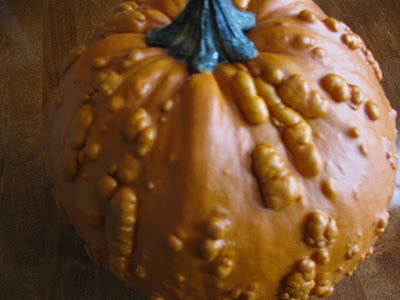
"They really love 'em," the farmer yelled over to me as he flung yet another pumpkin from his truck with a shovel. These Halloween rejects were quite the treat for these pasture-raised mommas and their calves.
At this time of year, Ashe County roads are humming with huge trucks hauling Christmas trees, Fraser firs, cut during the cold snap of November. Farmers markets are full of beautiful round cabbage heads and winter squash, as well as the start of Christmas decorations.
At Zydeco Moon Farm & Cabins, we were treated to some of Sally's zesty tender greens she's growing in a new hoop house. Her CSA patrons will enjoy more greens all winter long with a clever new growing system that re-purposes gutters. Drainage holes were drilled in the bottoms and then they were filled with soil. What a great growing environment in the greenhouse during the winter!
Ashe Co. Church Marquee. . . . We don't need more to be grateful for; we need to be more grateful. Happy Thanksgiving, y'all.

PUMPKIN IN THE OVEN........
So what if it's full of warts and getting old......Like me, it's still full of flavor and usefulness!
De-seeded, my Halloween pumpkin will be roasted, and I'll use the puree for either a soup or a pie.
My friend from Chapel Hill, Nancie McDermott, author of SOUTHERN PIES and SOUTHERN CAKES and several other cookbooks, writes that she prefers to use canned pumpkin in her pies, for the fresh pumpkin can be rather watery when cooked down. Purists like Barbara Kingsolver, in ANIMALS, VEGETABLES & MIRACLES, recommends cooking with fresh pumpkin.
Frankly, I think whatever you have time for is just dandy. If the pumpkin's flesh is too watery when roasted, it will be perfect for soup. So keep some cans of pumpkin puree to use with pies or muffins in your pantry!
Ditto for pie crusts. Nancie and I shared a secret at a recent Pie Contest where she was signing books at Quail Ridge Books.
We keep a stash of pie crusts in the fridge or the freezer. Not the homemade kind. The boxed, rolled up pie pastry for me, the crusts in the tins for her.
If time is limited, wouldn't we rather have pie, even if we don't use not made-from-scratch pastry?
Enjoy your Thanksgiving gatherings of loved ones and eating!






